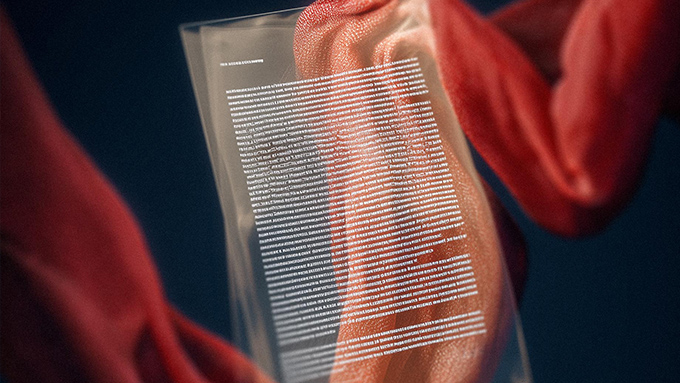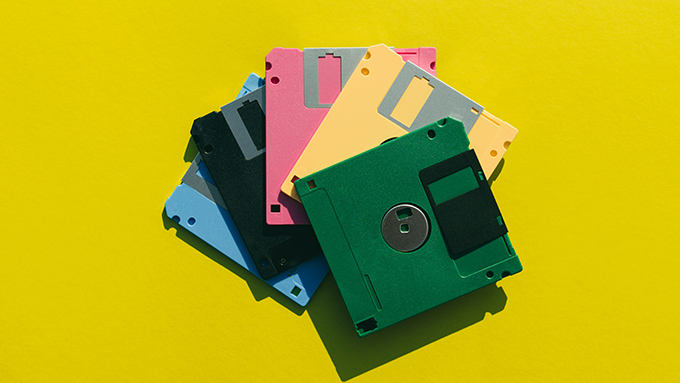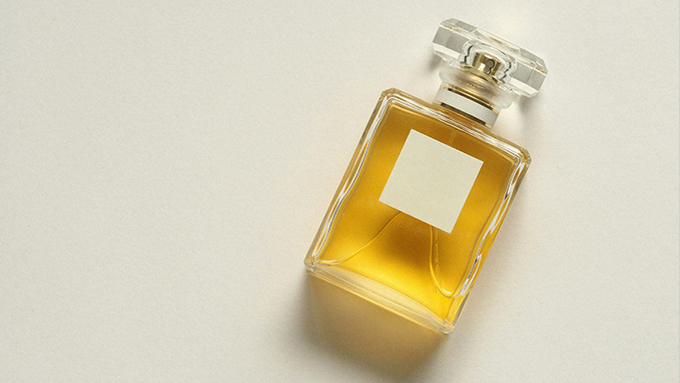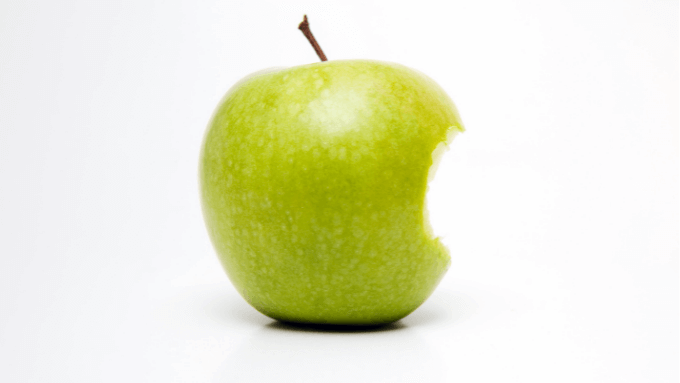Protection and Registration of Designs
Within the scope of Industrial Property Law No. 6769 (“IPC”), the visual features of a product, in other words, its design, may be protected. Today, as designs also have marketing, advertising and competition elements, their registration has gained more importance. Design right gives the owner the right to prevent the unauthorized and unfair use of the design by third parties.
In this context, this newsletter covers how the design is defined in the IPC, the conditions of design protection, its duration, and the cases outside the scope of the protection, and the rights granted to unregistered designs.
Regarding the registration of designs, the IPC, Regulation on the Implementation of the Industrial Property Law No. 6769, published in the Official Gazette dated 24.04.2017, and the Design Review Guide prepared by the Turkish Patent and Trademark Office (“Office”) published in 2020, provide guidance.
What is a Design?
Article 55 of the IPC defines design as “The appearance of the whole or a part of a product resulting from the features of the line, contour, colour, shape, material or texture of the product, itself, or its ornamentation.”
On the other hand, product means:
- any industrial or handicraft item (such as a chair or decorative plants);
- a joint product or its parts (such as an automobile and wheel);
- packaging;
- presentations of more than one object presented together (such as stores);
- graphic symbols (such as logo); and
- typographic typefaces (such as Times New Roman).
Computer programs are excluded from product definition.
In addition, it should be noted that works, such as pictures, photographs, sculptures, posters, cartoon characters, architectural structures, maps, internet pages that can be protected within the scope of Law on Intellectual and Artistic Works No. 5846 can also benefit from design protection if the conditions are met.
Pursuant to Article 58 of the IPC, it is regulated that in a modular system that is comprised of different or identical units, such as a jigsaw, or designs that enable these units to connect with each other in various ways, either finitely or infinitely, will benefit from protection, as well.
Classification of Designs
The product groups for which design registration may be requested are listed in the Locarno Agreement by using the code numbers and names corresponding to the products. There are 32 classes in this classification system. For example, while jewels are in class 11, lamps are in class 26.
Who Can Benefit from Design Protection?
Article 3 of the IPC regulates the persons who can benefit from design protection. Accordingly, i) Citizens of the Republic of Turkey, ii) Real or legal persons residing or engaging in industrial or commercial activities within the borders of the Republic of Turkey, iii) Persons who have the right of application according to the Paris Convention or the Agreement Establishing the World Trade Organization dated 15/4/1994, and iv) In accordance with the principle of reciprocity, nationals of states that provide industrial property rights protection to citizens of the Republic of Turkey can benefit from design protection.
The applicant does not have to be the designer. However, in accordance with Article 61 of the IPC, if the applicant is not the designer, it must be explained in the application how the applicant obtained the right to apply for a design from the designer or designers.
Conditions for Protection of Designs
In accordance with Article 56 of the IPC, designs can only benefit from design protection provided that they are new and distinctive.
Novelty
If an identical design has not been presented to the public in any part of the world before application or priority date of the design, it shall be accepted as new.
Accordingly, if the designs differ in small details, the novelty criterion will not be satisfied.
By presenting the design to the public within the scope of the IPC, it is meant that the design is exhibited, put on the market through sale, use, description, publication, promotion, or taking part in activities for similar purposes. Disclosure of the design to a third party on the condition of confidentiality is outside the scope of public presentation.
Distinctiveness
If the general impression left by the design on the informed user is different from the general impression created on the user by any design presented to the public before the application or priority date of the design, it is considered to have a distinctive feature.
An informed user is a careful and experienced product user who is not a designer or technical expert, but is aware that such designs exist in the industry.
While examining the existence of the distinctive feature, the designer’s degree of freedom of choice while creating the design is considered. A designer’s freedom of choice may be narrowed due to the limitations caused by the technical functions of the product, usage safety, or legal requirements. For example, the freedom of choice in the design of a fire extinguisher is more limited due to technical necessities, while the freedom of choice is wider in two-dimensional patterns.[1]
Conditions beyond the Scope of Protection
Article 58 of the IPC regulates the conditions wherein the designs cannot benefit from design protection. Accordingly:
- Designs contrary to public policy or morality (such as using religious symbols on toilet paper);
- Appearance features required by the technical function of the product (for example, a plug end[2]);
- Appearance features of products that have to be produced in certain shapes and sizes in order to mechanically mount or connect the product onto which the design is used or applied to another product (for example, screwdriver tip[3]);
- Improper use of religious, historical, cultural values ??and signs, coats of arms, as well as insignia and denominations that are not allowed to be registered (for example, design applications in which historical and cultural values ??are the main elements alone).
How to Make Design Applications?

Design applications are made through the Office"s electronic system E-TEBS. It is possible for real persons or legal persons’ authorized persons to apply for design protection. As well, design applications can be made through trademark attorneys. Foreign real and legal persons are obliged to work with a trademark attorney in order to make design applications.
The registration request of more than one design can be made under multiple applications, provided that the additional application fee is paid. In multiple applications, each product upon which the design is used or applied, with the exception of decorations, must be in the same class. A multiple design application can contain up to 100 designs.
Following the design application to the Office, the registration process of designs generally consists of five main processes, which are formal examination, novelty examination, publication, objection and certification.
Protection Period and Renewal of Registered Designs
The protection period of registered designs is five years from the date of application. This period can be renewed up to 25 years, in total, in five-year increments.
Protection to Unregistered Designs
Provided that it has been presented to the public for the first time in Turkey, unregistered design protection is also possible, and may be preferred by the designer. The protection period of unregistered designs is three years from the date the design is presented to the public in Turkey. Non-registered design is generally a protection method preferred by sectors, such as textiles, where the design life is short and the number of designs is high. [4] In this way, direct protection is obtained without any application.
Conclusion
Within the scope of the IPC, new and distinctive features of the products are protected. Design right is an exclusive right and provides the owner the right to prevent unfair and unauthorized use of the design by third parties. It is possible for designs that meet the requirements in the design legislation to benefit from design protection for five years in a registered manner (25 years in total) and three years in an unregistered manner.
[1] Design Review Guide, pg. 12.
[2] Design Review Guide, pg. 16.
[3] Design Review Guide, pg. 17.
[4] Design Review Guide, pg. 6.
All rights of this article are reserved. This article may not be used, reproduced, copied, published, distributed, or otherwise disseminated without quotation or Erdem & Erdem Law Firm's written consent. Any content created without citing the resource or Erdem & Erdem Law Firm’s written consent is regularly tracked, and legal action will be taken in case of violation.
Other Contents

The Law on Intellectual and Artistic Works No. 5846 (“LIAW”) conditions the recognition of an intellectual product as a “work” (eser) under the LIAW—and thus its protection—on two fundamental criteria: the intellectual product must fall within one of the categories of works explicitly enumerated in the LIAW and bear...

Although trademark protection grants the proprietor strong and exclusive rights, its continuation is contingent upon the trademark being genuinely and functionally used in commercial life. Article 9 of the Industrial Property Code No. 6769 (“IPC”) authorizes the cancellation of a registered trademark where…

In today's competitive business environment, the protection of trademarks plays a vital role in maintaining the competitive advantage of businesses and ensuring consumer trust. In this context, the protection of well-known trademarks is of particular importance in preserving the commercial value and reputation of...

It is observed that there are changes in the legislation and judicial decisions as to whether the use of a previously registered trademark or a trademark for which a registration application has been filed can be considered as trademark infringement by third parties by using the trademark as a trade name...


Today, the globalization of economic activities leads to the transfer of numerous personal data internationally during the daily operations of companies. Therefore, like many national and international data legislations, Law No. 6698 on the Protection of Personal Data (“PDPL” or “Law”) includes protective...

The relationship between the author and the product of their creative activity is protected by moral rights. The moral rights of the author set out in the Intellectual and Artistic Works Act numbered 5846 (“IAWA”) include the authority to disclose the work to the public, the authority to designate the name...

The Court of Cassation has evaluated the criteria related to the similarity of the trademark in all of these decisions, and while showing how the criteria will be applied, it has also helped to determine the boundaries of the term “likelihood of confusion”. In this article, four different 2022 decisions...

The right to property, which is one of the concepts and values underlying the liberal economic and legal system, regulates the ownership relationship between the person and goods. The scope of the term “goods,” which is the subject of the concept of property...















